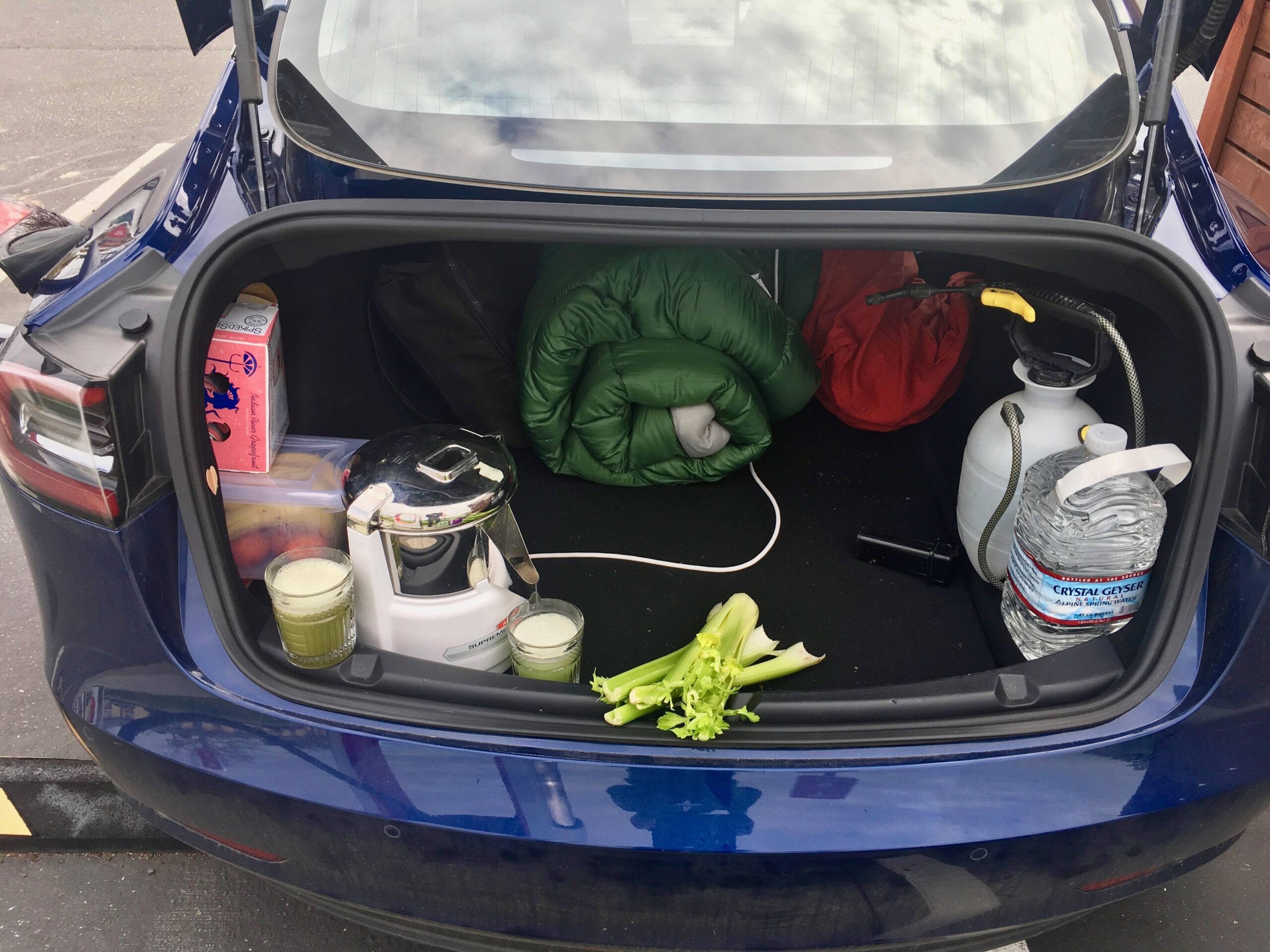FalconFour
Member
I don't know about current software, but I know that for a few months, last year, I was choking down about 1000w continuously from the PCS (DC-DC) with the car in half-Sentry mode (Sentry enabled but unlocked = leaves car awake, but Sentry inactive)... every night. Charging my garage battery bankHaving trouble finding more recent information on this. This blog post indicates that connecting directly to the DC-DC bypasses any checks on current draw. Some posts in this thread seem to indicate that large draws from the DC-DC directly are an issue. Anyone have updated info as of current software?
I've pulled just around 2000w out of it while I was originally playing with it. It's capable of quite a bit. But you need GOOD connections to pull high currents. No loosey goosey small gauge wire stuff. Nearing 200 amps, you're getting up into "my god, THAT is a thick wire" territory. And really tight torque. And double-checking your connections periodically for loosening from vibration.
I've still got an Anderson 150a plug hanging out of my back seat, but haven't used it in a long time. The key to using it is to have a buffer battery to prevent load spikes from shutting down the PCS, and to have Scan My Tesla or Tes-LAX available to monitor the bus and see if the PCS remains happy/operational while in use. And disconnecting that buffer battery any time you want the car to go to sleep. It'll be unhappy if it sees voltage at the PCS terminals when it's intended to shut down (to sleep).
So, two key points of PCS play:
- no load spikes (any kind of starting surge will trip the PCS) - but smooth continuous load is oh-so-powerful
- make sure voltage isn't present when the car tries to sleep (keep it from sleeping by putting it in Sentry; disconnect battery/load when you intend to let the car sleep)




